One of the most common questions that arise when discussing fingerstyle is if you should use nails or flesh when playing.
Nails require you to either grow out your fingernail or apply acrylics whereas flesh doesn’t require any additional maintenance except for cutting the nails.
You may be asking, what are the main differences and advantages/disadvantages between the two?
Nails
Right off the bat, nails are going to provide a brighter tone due to the material that is striking through the string. With proper shaping and filing technique the nails could provide a warmer tone. This requires several adjustments with the filing of the nail in order for the nail to come out just right for your specific right hand technique. There are many different angles & approaches but all have the same principle.
This picture demonstrates a good nail length and shaping to start with:
Flesh
This route is the most common to start with, as it doesn’t require any additional work in order to play fingerpicking guitar. If we forget the nails and disregard any artificial product we use our flesh to fingerpick. The flesh provides a much warmer tone and less volume as well as dynamic range since it’s not likely to project as well as nails.
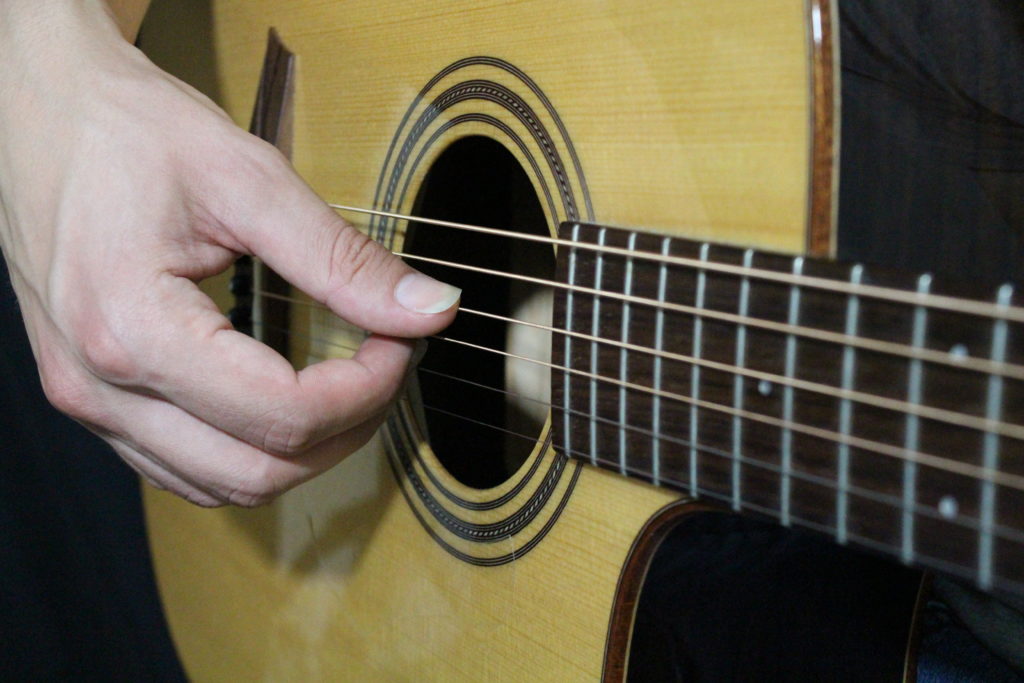
Here is a video on nail shaping I recommend:
Deciding on your nails or flesh is based on your personal taste and the sound that you’re trying to achieve. If you were a fingerstyle player or classical guitar player it is recommended that you at least try the nails and see if they’re a good fit for you. If you have brittle nails, there are hardening products and vitamins that can help to be able to strengthen them.
Learn more about technique through our FREE Fingerstyle Workbook!
FOLLOW US ON
Get our FREE Fingerstyle Workbook!
RELATED BLOG POSTS
Exploring Alternate Tunings for Fingerstyle Guitar
Alternate tunings unlock new sounds and make fingerstyle easier. Here are a few popular ones:
1. Drop D Tuning (DADGBE)
Perfect for power chords and open melodies, often used in rock and blues.
2. Open G Tuning (DGDGBD)
Great for folk and blues, creating a rich, open sound.
3. DADGAD Tuning
Popular in Celtic music, this tuning provides a resonant, atmospheric sound perfect for fingerstyle.
How to Create Your Own Fingerstyle Guitar Arrangements
Creating your own fingerstyle arrangements is incredibly rewarding. Here’s how you can start:
1. Start with a Simple Chord Progression
Pick a chord progression you love and begin with bass notes using your thumb while your fingers pick out the melody.
2. Add Melody to the Bass
Once you’re comfortable with the basic chords, add embellishments to the melody.
3. Use Fingerpicking Patterns
Incorporate your learned patterns, experimenting with alternating thumb strokes and fingerpicking.
4. Add a Personal Touch
Bring your arrangement to life by adding hammer-ons, pull-offs, and unique flourishes.
How to Master Travis Picking for Fingerstyle Guitar
Travis picking is essential for any serious fingerstyle player. Here’s how you can master this iconic technique:
1. The Basics of Travis Picking
Travis picking involves alternating the thumb for bass notes while the fingers pluck the melody. Start with the following pattern:
Thumb (P) on 6th string (E)
Index (I) on 3rd string (G)
Thumb (P) on 4th string (D)
Middle (M) on 2nd string (B)
2. Add Chords and Melody
Once comfortable, incorporate simple chords and build complexity as you progress.
3. Gradual Speed Increase
Start slow and use a metronome to increase your speed as you get more comfortable with the pattern.

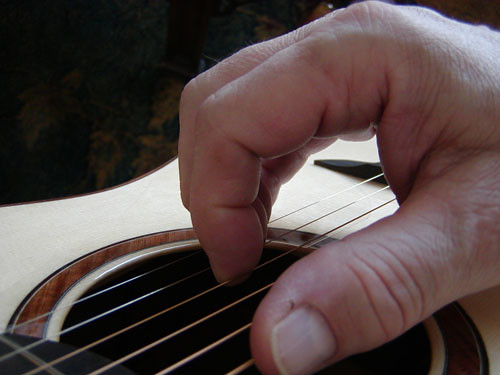
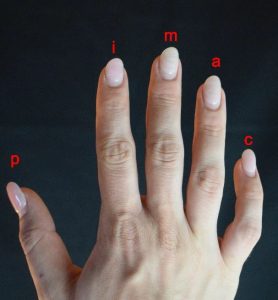
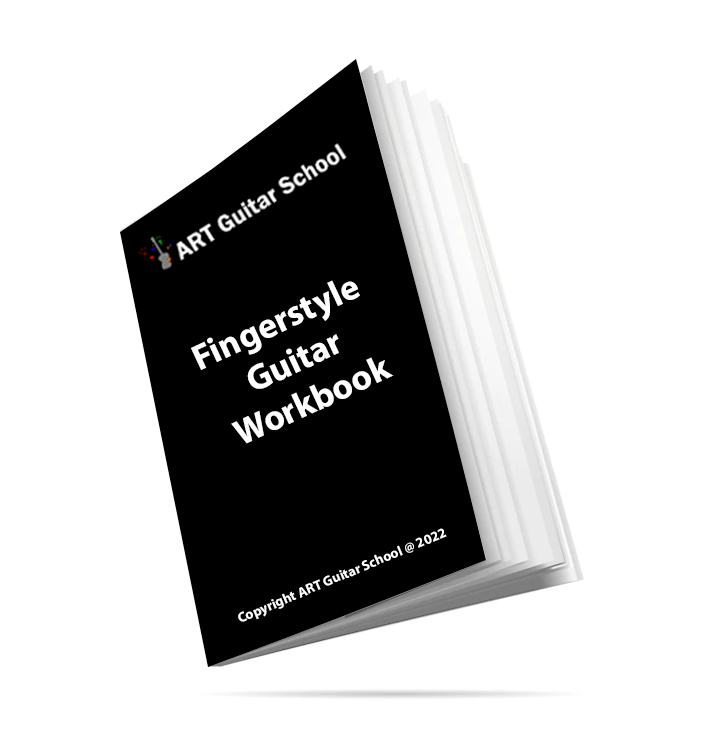
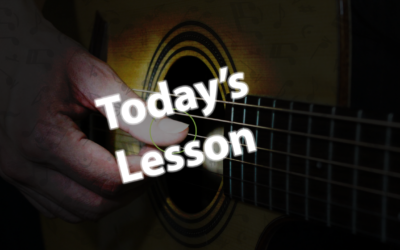
0 Comments